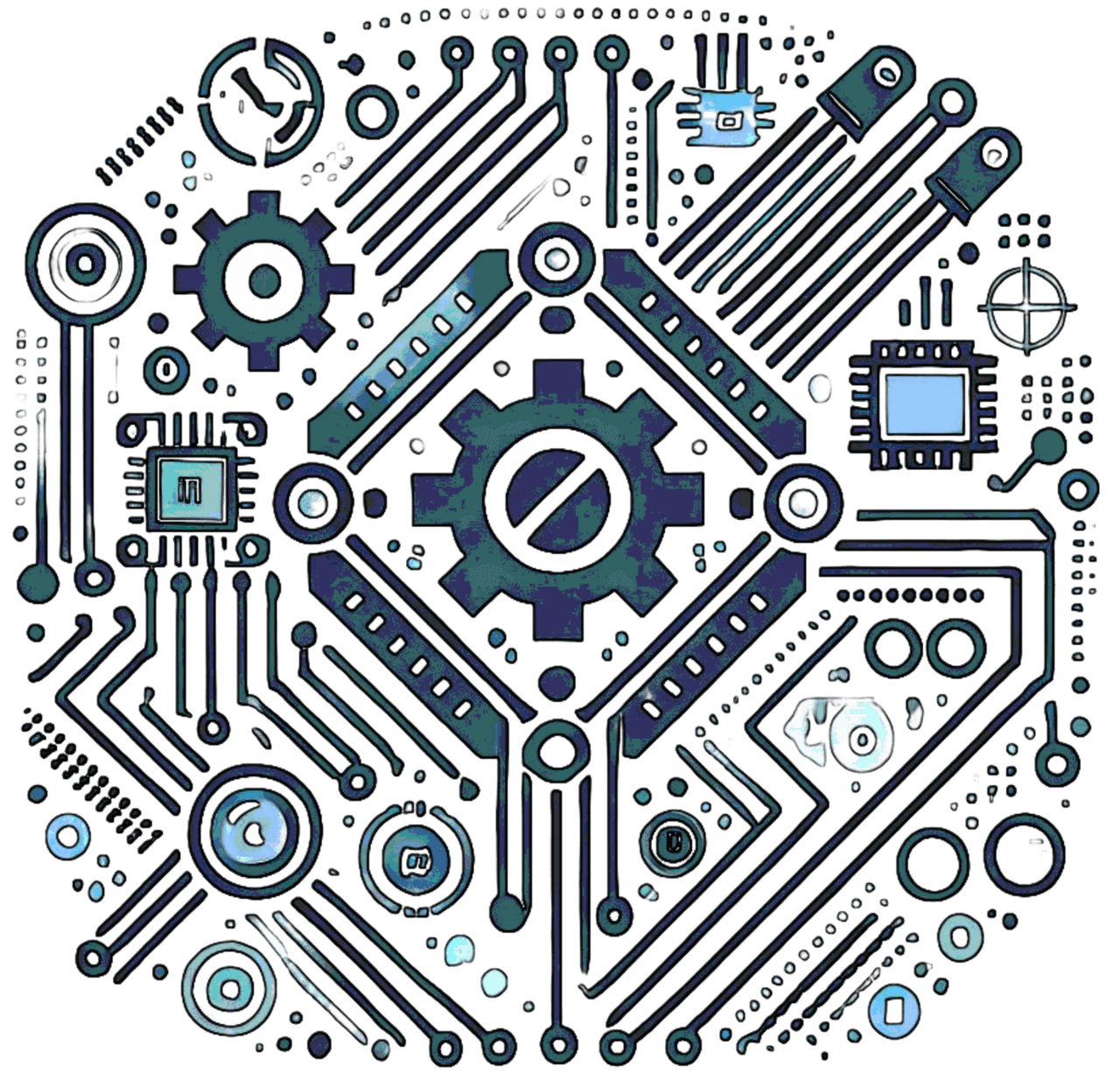Introduction
This tutorial covers the basics of building a drone controller using a PID (Proportional-Integral-Derivative) control algorithm. PID is crucial for stabilizing the drone and ensuring smooth flight by adjusting the speed of the motors in response to changes in position, orientation, and velocity.
Requirements
- Flight controller (e.g., Arduino, STM32, or custom-built board)
- Inertial Measurement Unit (IMU) for reading orientation (e.g., MPU6050 or MPU9250)
- Brushless motors and Electronic Speed Controllers (ESC)
- Remote control (RC transmitter and receiver)
- Battery (LiPo recommended)
- PID control algorithm implemented in the flight control software
- Software for flashing firmware (e.g., Arduino IDE, Betaflight)
No Ads Available.
Setup
The drone’s flight controller uses sensor inputs from an IMU to determine the drone’s orientation in space. The PID control loop then adjusts the motor speeds to keep the drone stable and at the desired angles or altitude.
The IMU typically provides acceleration and gyroscope data, which are crucial for calculating the drone's current position and orientation. This data is fed into the PID algorithm, which then adjusts motor speed to counteract any deviations from the set points (target angles).
Additionally, some systems use magnetometers for directional stabilization and barometers for altitude control.
PID Control Theory
The PID controller uses three components to adjust motor speeds:
- Proportional (P): Calculates the difference between the current and desired states and reacts proportionally to this error.
- Integral (I): Accumulates the error over time and adjusts based on the total error to reduce steady-state errors.
- Derivative (D): Predicts future errors by calculating the rate of change of the error, helping to reduce overshooting and improve stability.
The PID equation is: Output = Kp * error + Ki * integral + Kd * derivative, where Kp, Ki, and Kd are the tuning parameters.
Code Example
The following is an Arduino-based implementation of the PID algorithm for drone control:
#include#include MPU6050 mpu; float Kp = 1.0, Ki = 0.05, Kd = 0.01; // Tuning parameters float error, integral = 0, previous_error = 0; float setpoint = 0; // Target orientation (e.g., level flight) float output; void setup() { Serial.begin(115200); Wire.begin(); mpu.initialize(); } void loop() { // Read orientation data from the IMU int16_t ax, ay, az, gx, gy, gz; mpu.getMotion6(&ax, &ay, &az, &gx, &gy, &gz); // Calculate error (difference between current and desired orientation) float current_angle = atan2(ay, az) * 180 / PI; // Simplified angle calculation for example purposes error = setpoint - current_angle; // Proportional term float P = Kp * error; // Integral term integral += error * 0.01; // Multiply by loop time (assuming 10ms loop) float I = Ki * integral; // Derivative term float derivative = (error - previous_error) / 0.01; // Assuming 10ms loop float D = Kd * derivative; // PID output output = P + I + D; // Adjust motor speeds (simplified example) adjustMotorSpeeds(output); // Store the error for next iteration previous_error = error; delay(10); } void adjustMotorSpeeds(float correction) { // Increase/decrease motor speeds based on the PID output int motor1Speed = baseSpeed + correction; int motor2Speed = baseSpeed - correction; analogWrite(motor1Pin, motor1Speed); analogWrite(motor2Pin, motor2Speed); }
This code reads data from the MPU6050 IMU to get the drone’s current angle and then applies the PID algorithm to adjust the motor speeds for stabilization.
PID Tuning
Proper tuning of the Kp, Ki, and Kd parameters is crucial for stable flight. Here are some tips:
- Kp: Start by increasing the proportional gain to a point where the drone reacts to input but doesn’t oscillate.
- Ki: Introduce the integral term to correct for small, long-term errors, but avoid setting it too high to prevent instability.
- Kd: Use the derivative term to dampen the response and reduce overshooting during quick movements.
Additional Tips
For a more advanced drone, consider adding altitude control using a barometer and GPS for position tracking. You can expand the PID loop to include altitude and yaw control for a fully stabilized drone.
Additionally, software filters like complementary or Kalman filters can help smooth sensor readings from the IMU and improve control precision.


